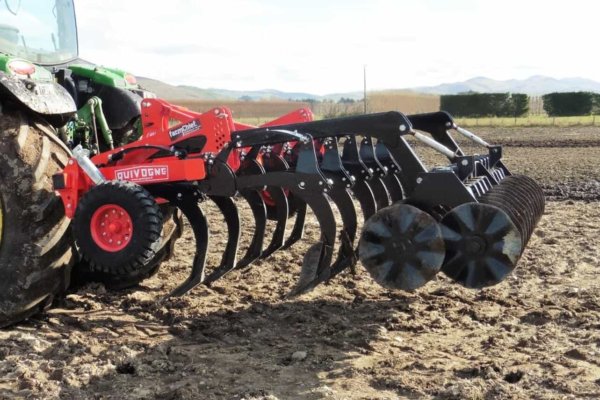Spring to the Paddocks
Rain, frosts and the density of animal population that comes with break feeding takes a toll on paddocks and soil structure. (Not to mention the long, cold hours you put in to keep it all ticking over nicely.)
Even after a fine week or so, It doesn’t take more than a few good rains to put you back exactly where you started; with a pugged paddock and a missed opportunity.
To avoid delays in getting back into production, we’re passing on feedback from our FarmChief customers and owners of our rippers and discs.
FarmChief Rippers & Discs
You want to break up the compaction and get the soil friable again – so the next crop’s roots have room to grow and moisture has a way to come back up in summer. For those feeding out at the same time, there’s also the challenge of efficiently incorporating trash – from the crop itself, or hay and straw. Then there’s the issue of lying water, which nobody needs.
FarmChief ripper owners have been out there throughout autumn and winter. They’ve been using them to follow behind stock and get soil worked-up down to between 350 and 400 mm (the implements have the capability of going to 600mm, when needed). Some have been using them flat-out but they reckon the results easily repay the effort and the time.Depending on their set-ups they’re typically going from fodder beet, green feed and oats into the next rotation which can include everything from cereals to spuds.
Everyone agrees that getting rid of the water on top gives a better chance for things to dry out than just waiting for the sun – that’s where rippers come into their own. We’ve also had comments on how easy they are to hook-up and use.
Where farmers and contractors are finding the real value in discs or speed discs is in chewing into the residue that would block other cultivation tools. (And we all know what a time-waster and frustration that can be.) Instead, the discs will cut it up and incorporate it.
Those with a shingle base are leaning towards the discs just to work the top soil – so they get another crop in the ground cost-effectively and without mucking around. As they say in rugby it’s about using “the top two inches”.

